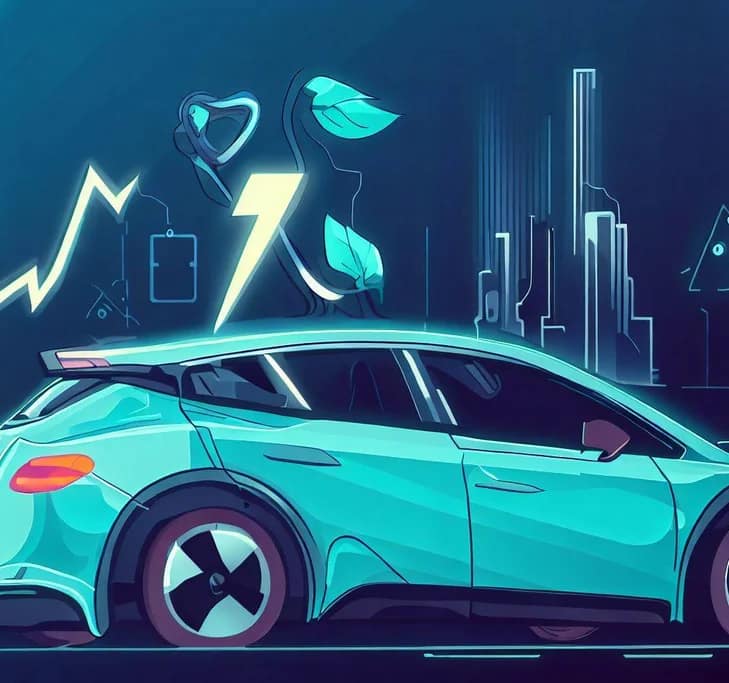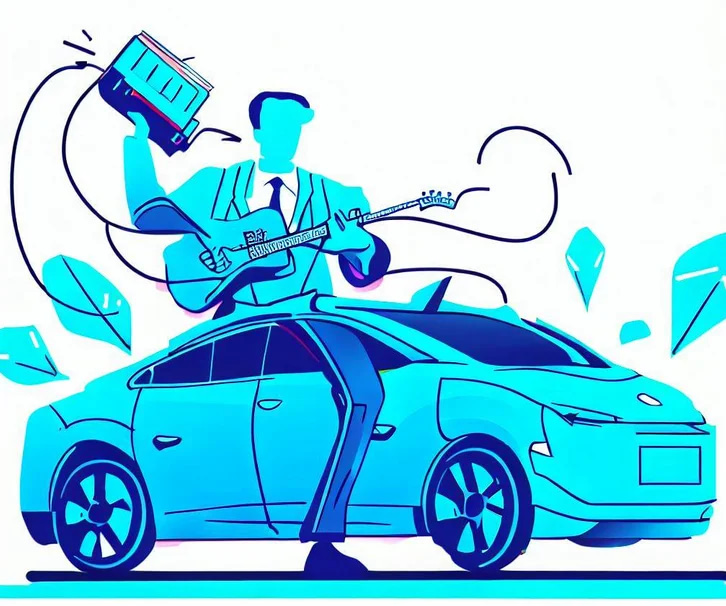The adoption of electric vehicles (EVs) is rapidly accelerating as more drivers seek out sustainable transportation options. A major factor influencing EV purchases is the availability of convenient charging stations. So when can we expect EV chargers to be as ubiquitous as gas stations?
There are over 1 million public EV charging ports in the United States currently, up from just 16,000 ports in 2011. This growth has been driven by government incentives, automaker investments, and a rising consumer demand for EVs. However, the distribution of charging ports is far from even across the country. California leads with over 40% of the nation’s public charging infrastructure, while many other states lag far behind.
Despite the growth, the number of EVs on the road is vastly outpacing the rollout of charging ports. There are over 1.5 million EVs registered in the U.S. as of early 2022. With an average of just 0.3 ports per registered EV, drivers can still experience “range anxiety” when planning trips and charging needs. Expanding the charging network is critical for convincing more consumers to go electric.
The good news is that massive investments are being made to proliferate charging infrastructure. The recently passed Bipartisan Infrastructure Law dedicates $7.5 billion to build out a national EV charging network over 5 years. States are also stepping up with programs to incentivize charging port installations. For example, New York approved a $701 million plan to install over 50,000 public and workplace charging ports by 2025.

The private sector is also making big bets on charging infrastructure. Automakers like GM, Volkswagen, and Tesla are collectively spending billions to install public fast-charging stations. Tesla alone aims to grow its Supercharger network from 3,500 to 6,000 stations in North America by the end of 2022. EV charging companies like ChargePoint and Getevgas are rapidly expanding their portfolios as well, with plans to deploy thousands of additional charging stations across the country over the next few years.
New fast-charging technologies are also entering the market, enabling drivers to add hundreds of miles of range in just 15-30 minutes. This will help alleviate range anxiety for long road trips. With all of these ongoing efforts, experts predict there will be over 100,000 public fast charging ports in the U.S. by 2025, up from just over 5,000 in 2021.
To understand the trajectory of the charging infrastructure rollout, it helps to look at the different charging speed levels and connector types:
There are also different connector types like CHAdeMO, CCS, and Tesla connectors. So drivers need to match the charger connector with their EV model. Over time, connector standards will likely converge for greater accessibility.
Most analysts agree that for EV adoption to really take off, there needs to be a ubiquitous national charging network comparable to the gasoline infrastructure we have today. There are around 150,000 gas stations with over 125,000 pumps in the United States currently.
So how long will it take for EV chargers to reach that level of ubiquity? According to estimates from the NRDC (Natural Resources Defense Council), we would need a national network with roughly 500,000 public charging ports accessible 24/7 to adequately support 100 million EVs on the road. At the current pace of installations, they predict we’re on track to reach that goal by around 2030-2035.
Other projections indicate an even faster timeline. A study by the Fuels Institute estimates the U.S. will need 1 million public charging ports by 2030, based on projected EV adoption rates. But based on announced investments and growth trajectories, we may reach that threshold as early as 2028.

Achieving a ubiquitous national charging network will require strategic coordination of public and private entities. Key locations for major charging infrastructure expansion include:
With strategic coordination across these locations, a comprehensive charging network can emerge to make “filling up” an EV as fast and convenient as gassing up a regular car.
Achieving ubiquity will depend on continued public and private investments in charging infrastructure. Updating local permitting and zoning policies will also help streamline new deployments. And emerging technologies like vehicle-to-grid integration could transform today’s one-way charging model into an interconnected electric mobility network.
While challenges remain, momentum is clearly building to make convenient EV charging a reality for all drivers. Major milestones along the road ahead include seeing fast chargers at the majority of highway rest stops, retrofitting existing gas stations with charging ports, and installing community hubs that combine charging with retail, dining and entertainment options.
With so many forces now aligned behind electrifying transportation, the days of range anxiety may soon be in the rearview mirror. We could realistically see a ubiquitous national public charging network emerge in the next 5 to 10 years. The EV revolution is underway, and charging infrastructure is starting to catch up to the demand. The convenient electric driving and pollution-free transportation of the future may be closer than we think.